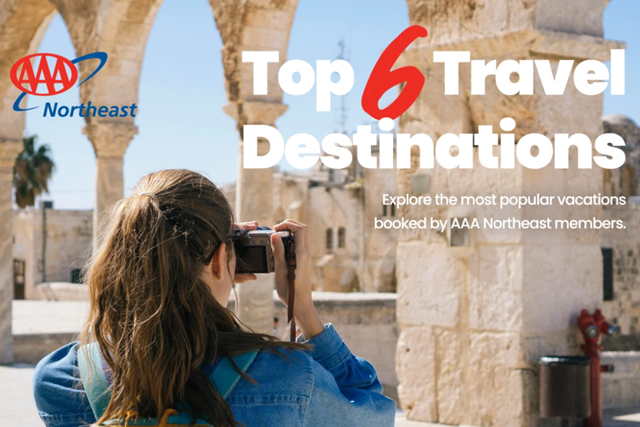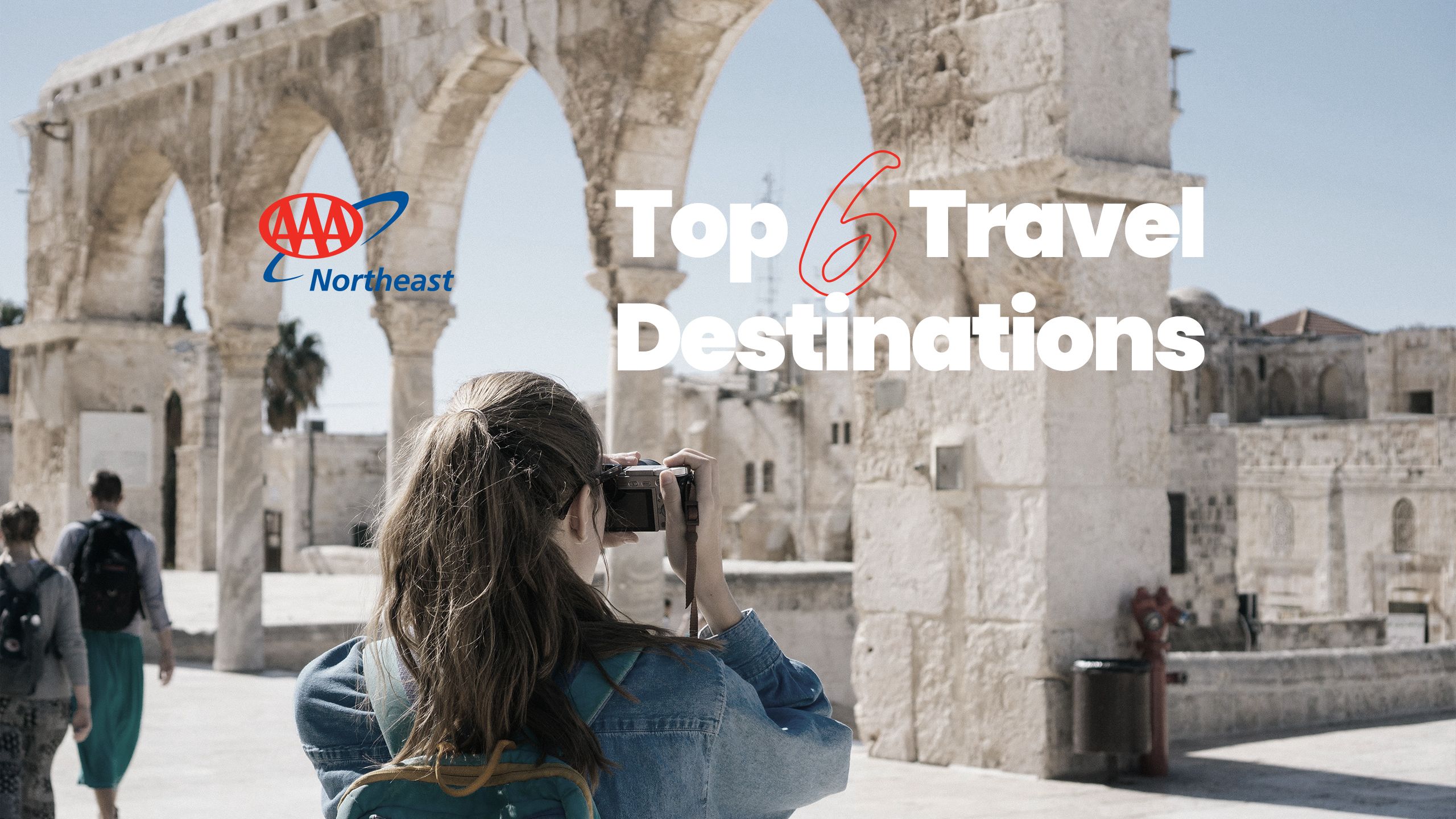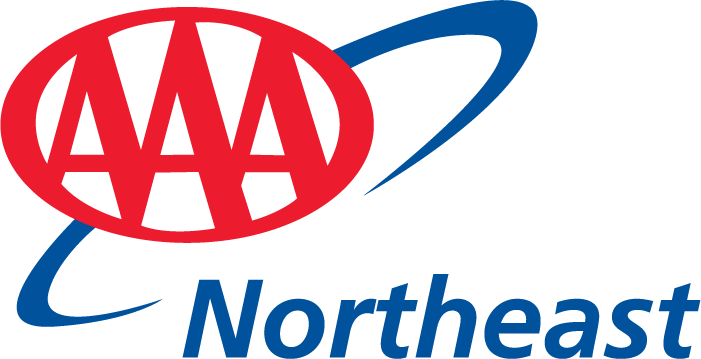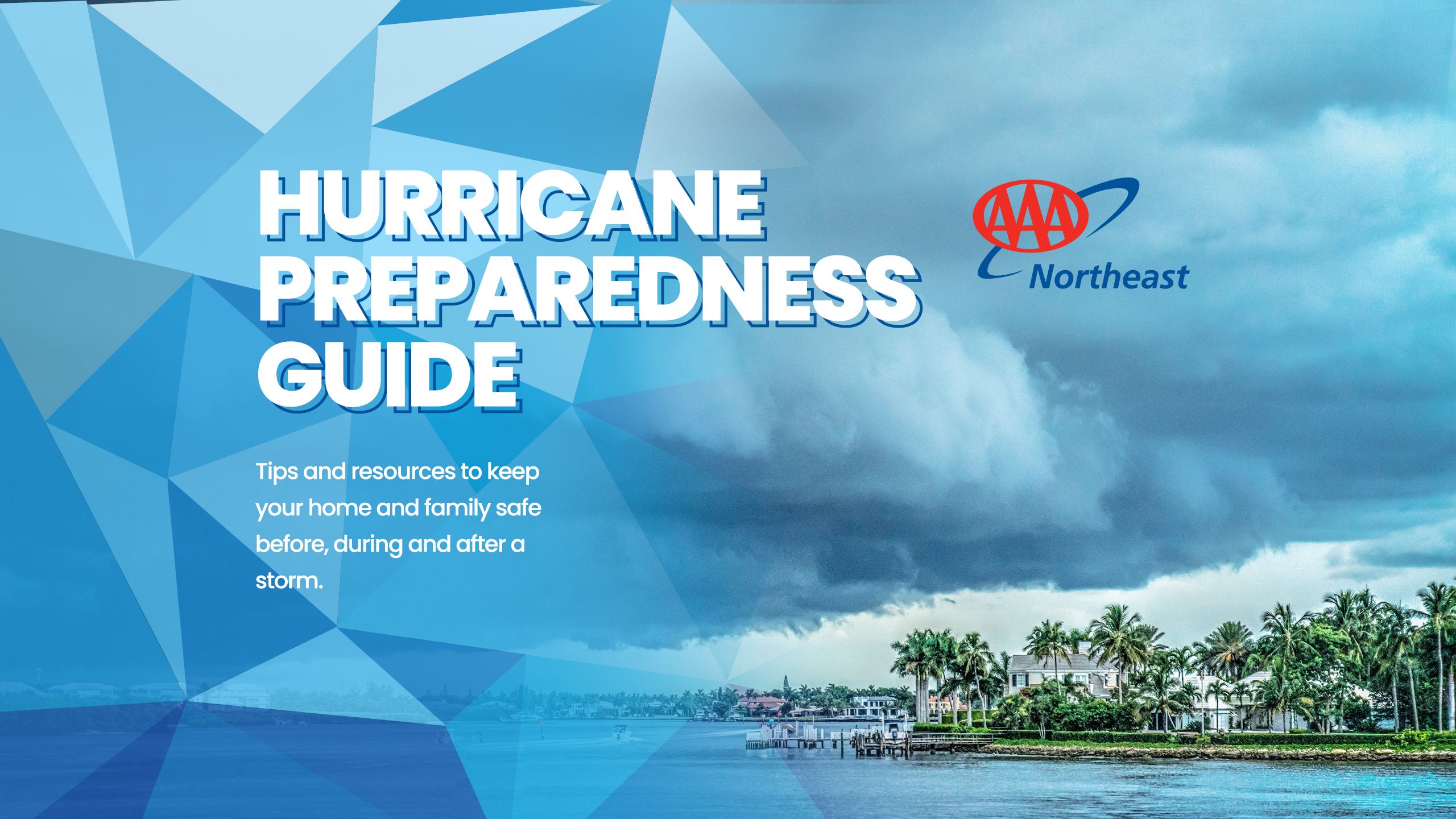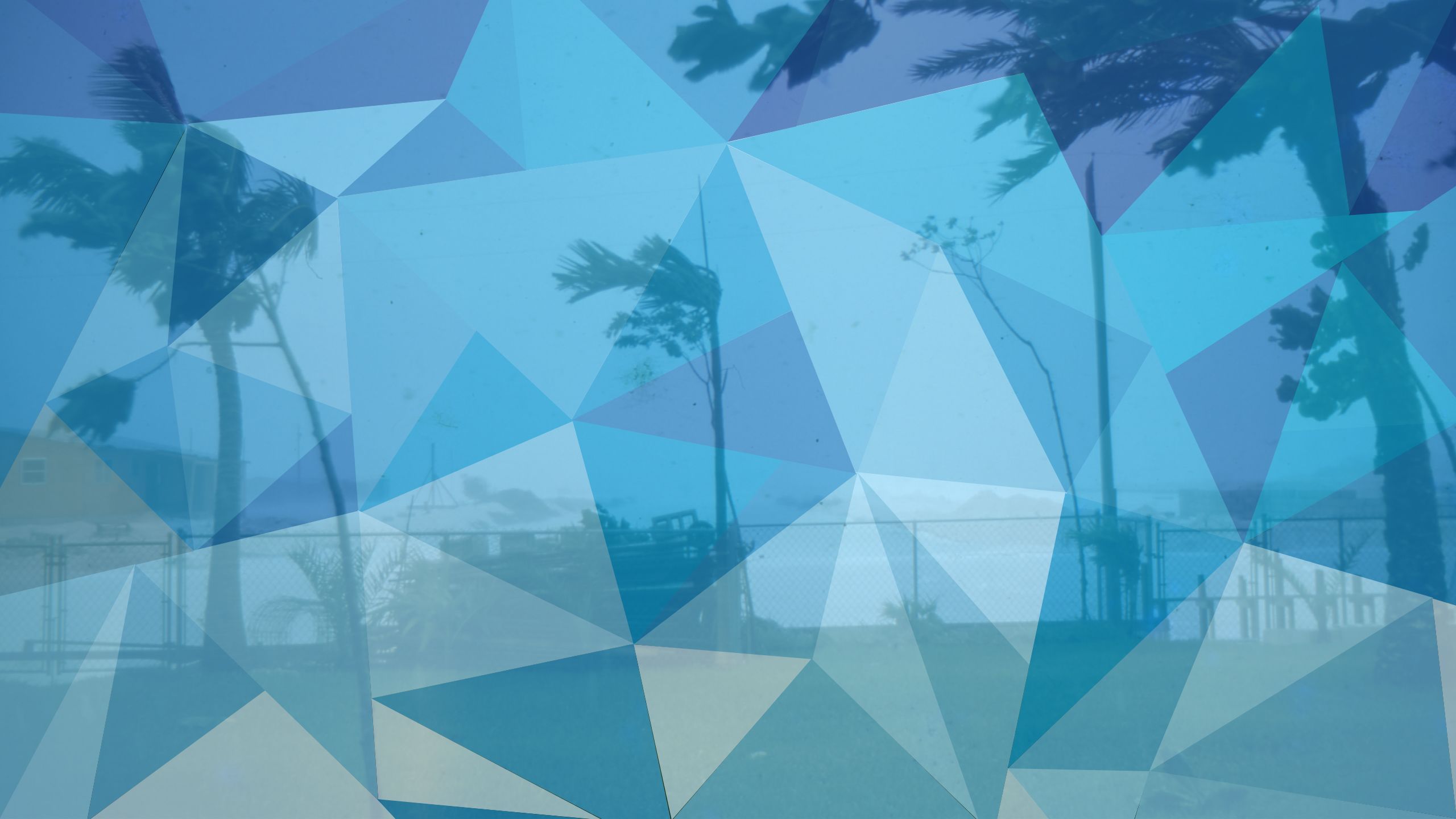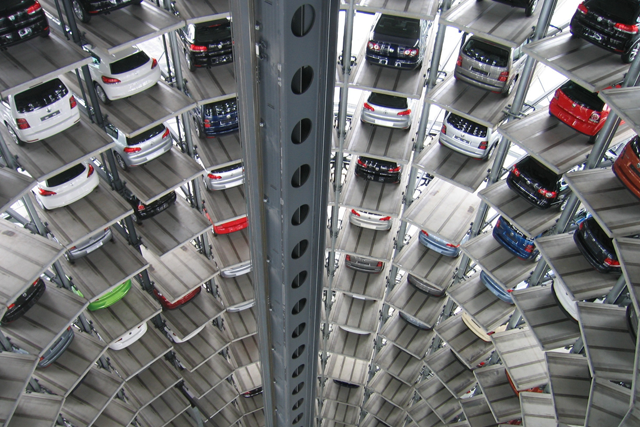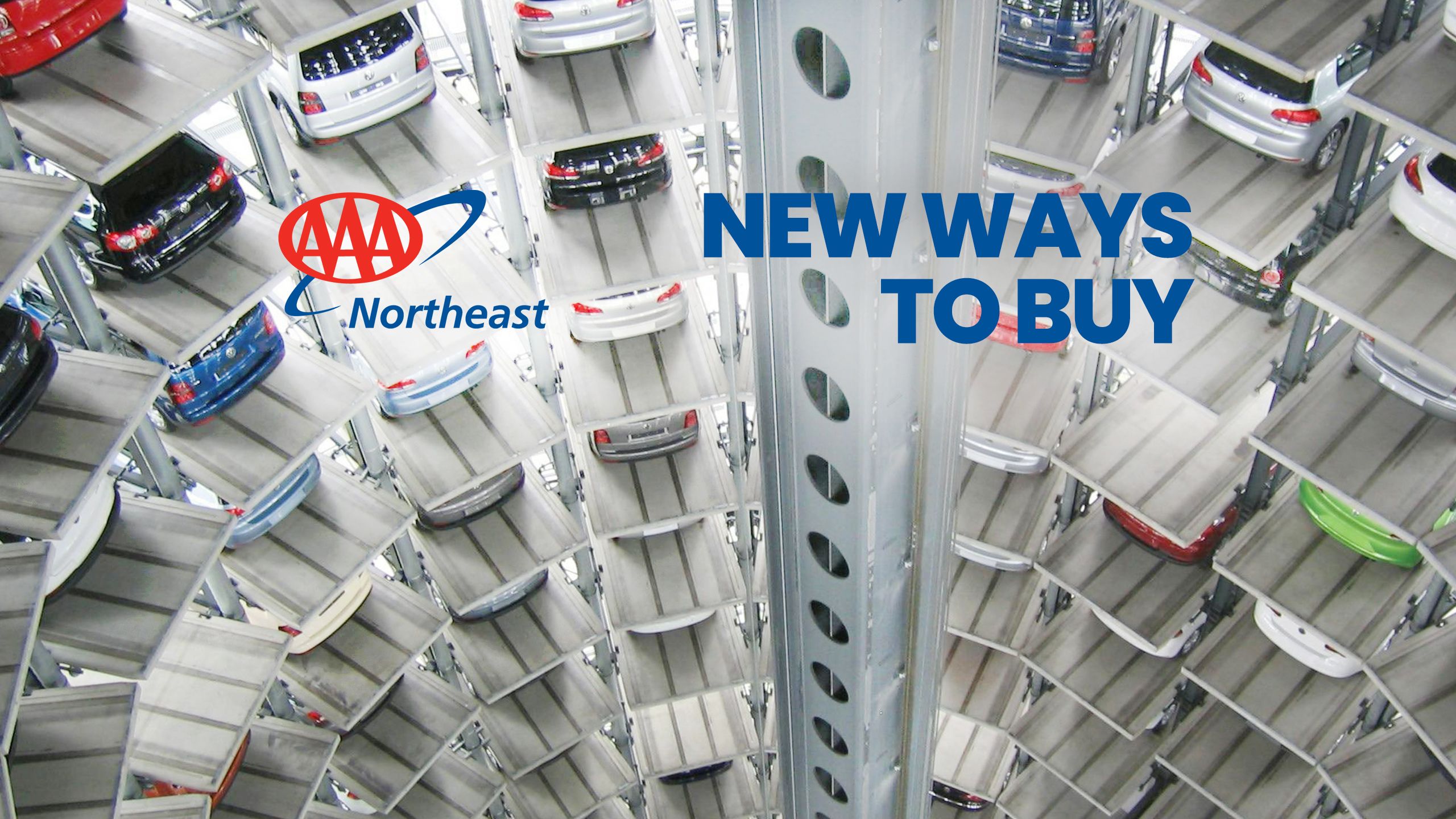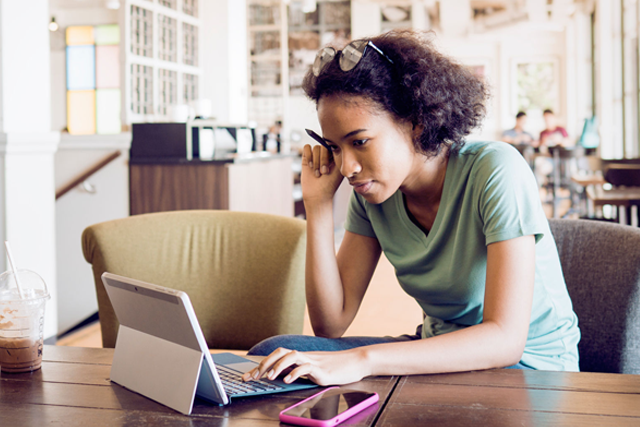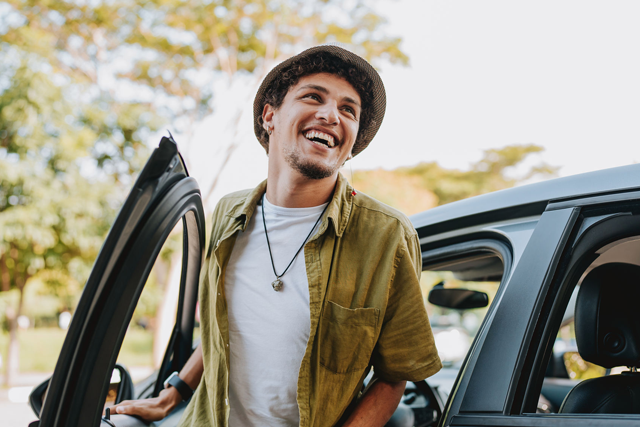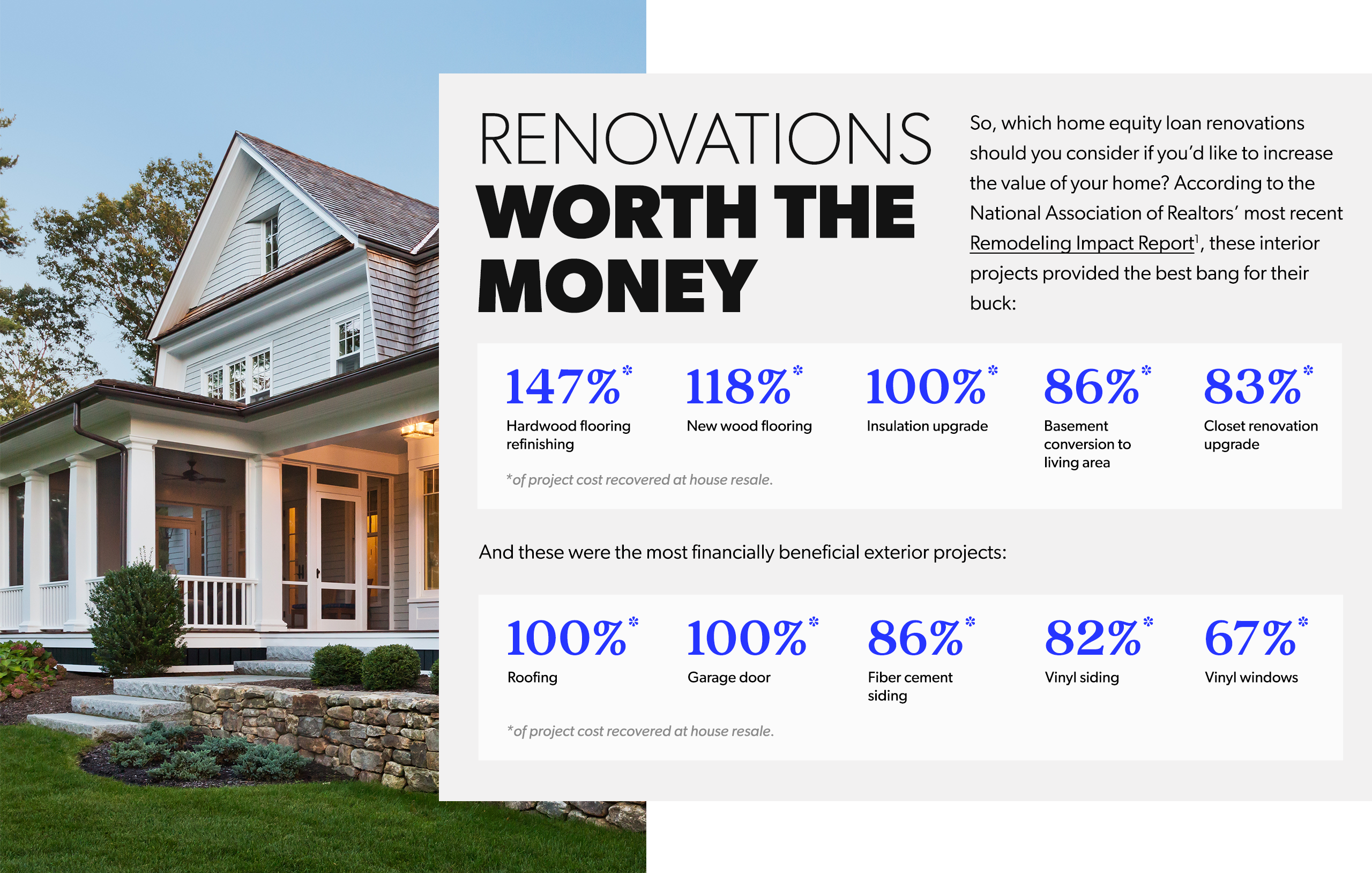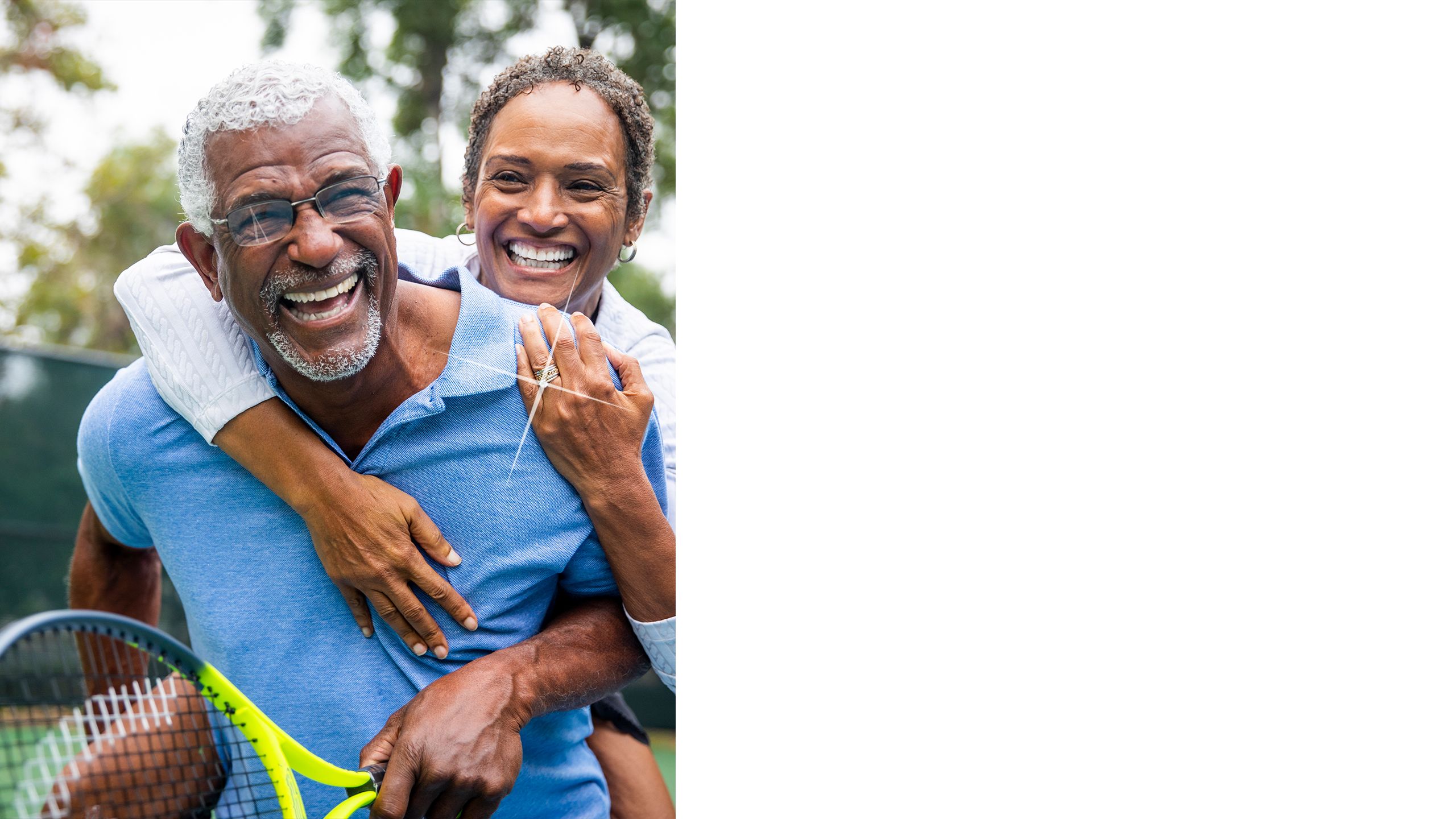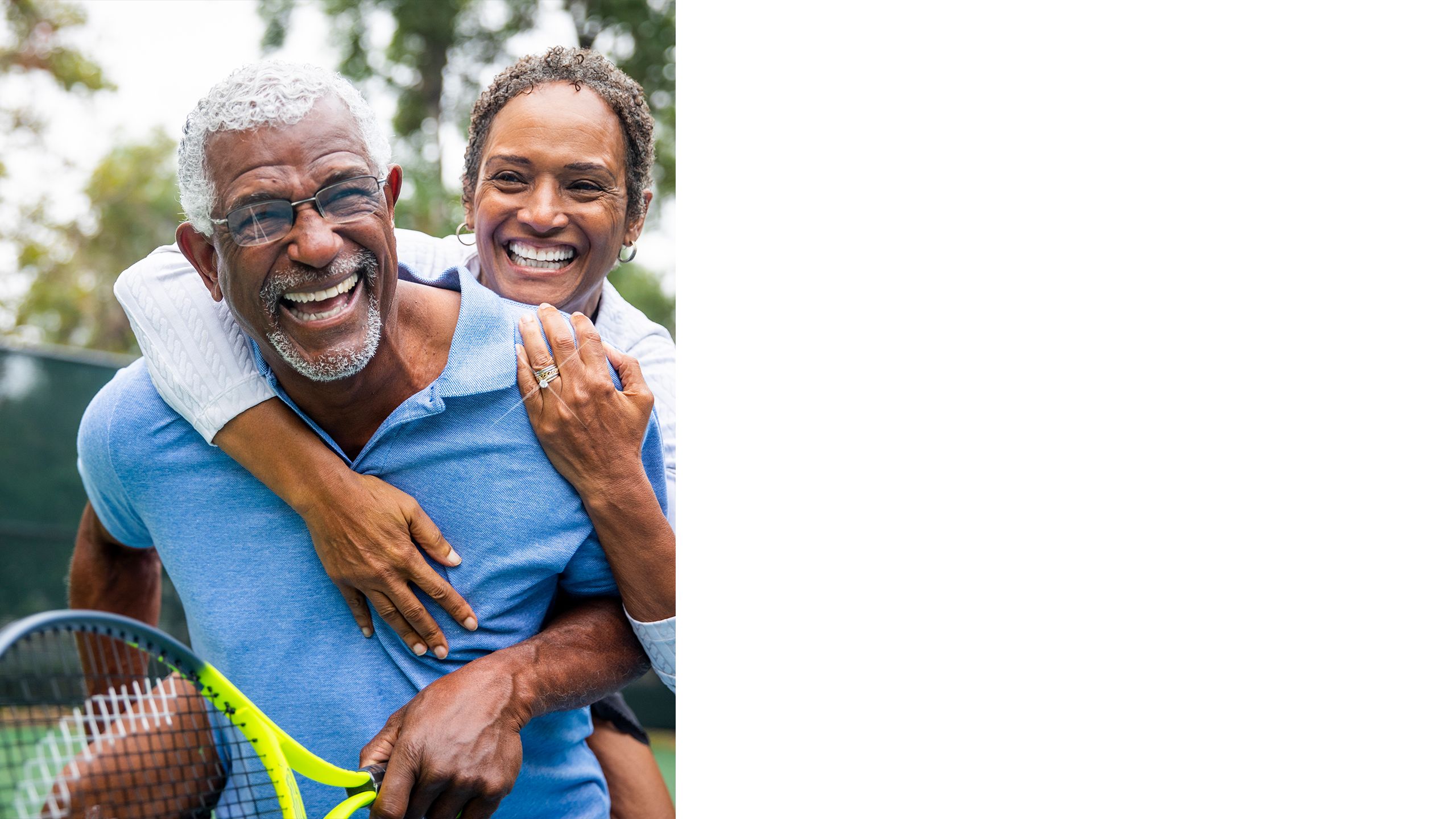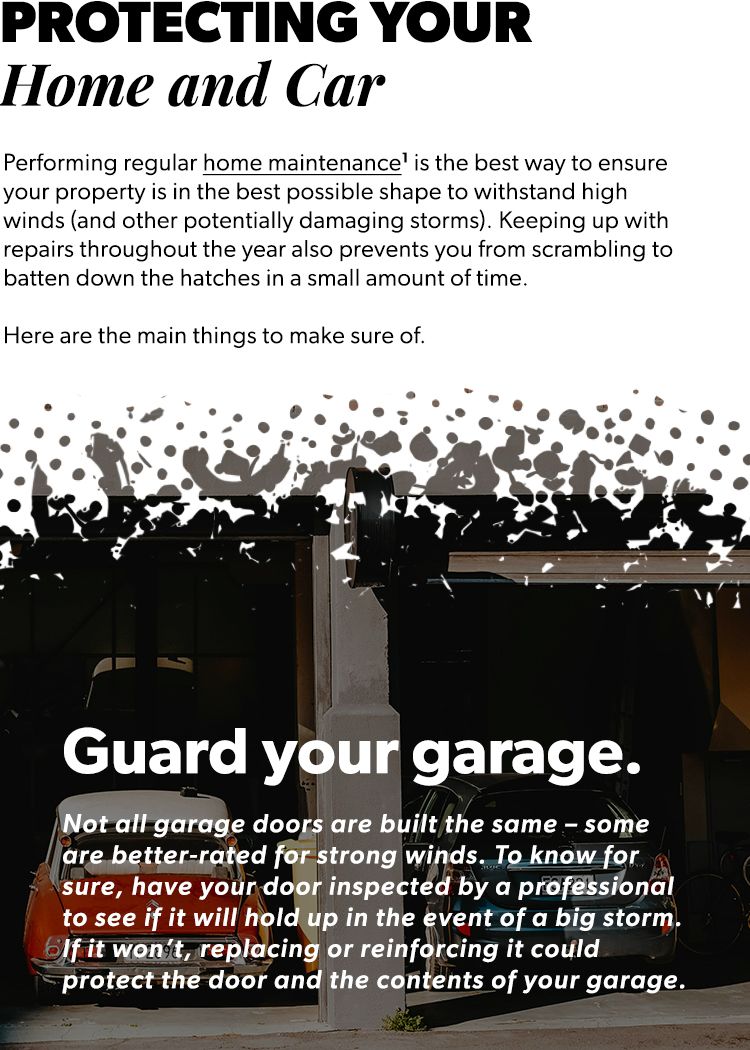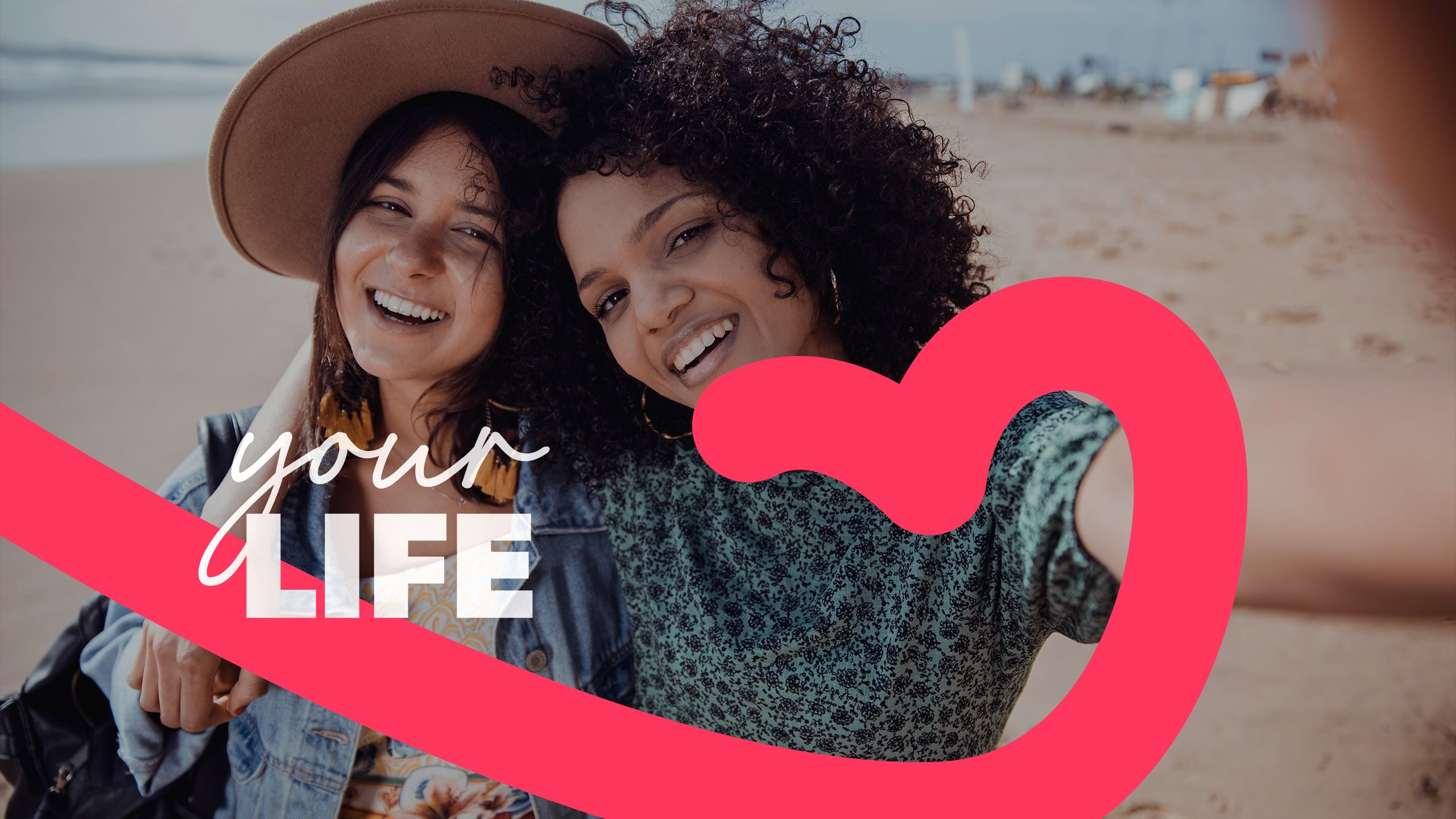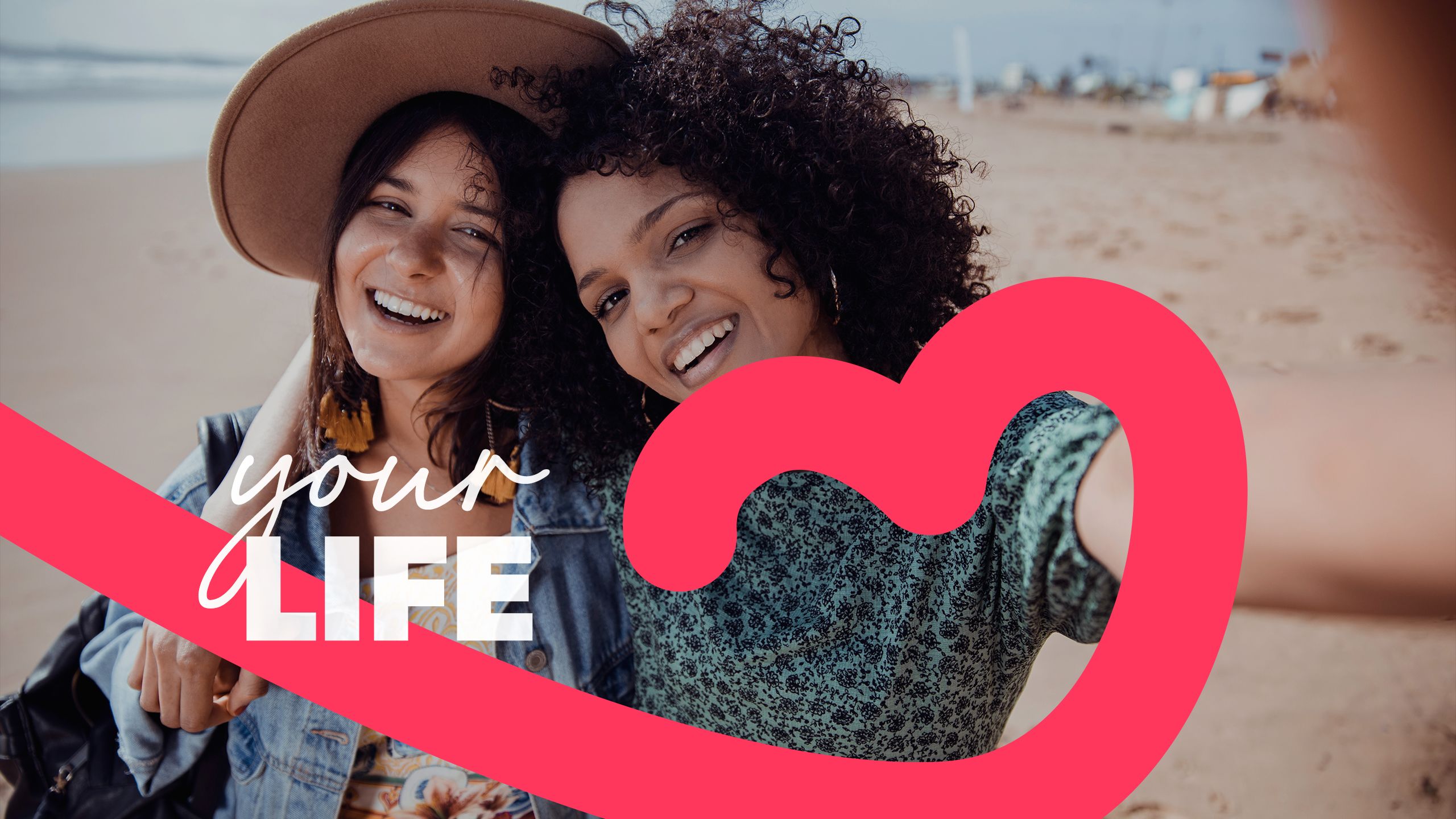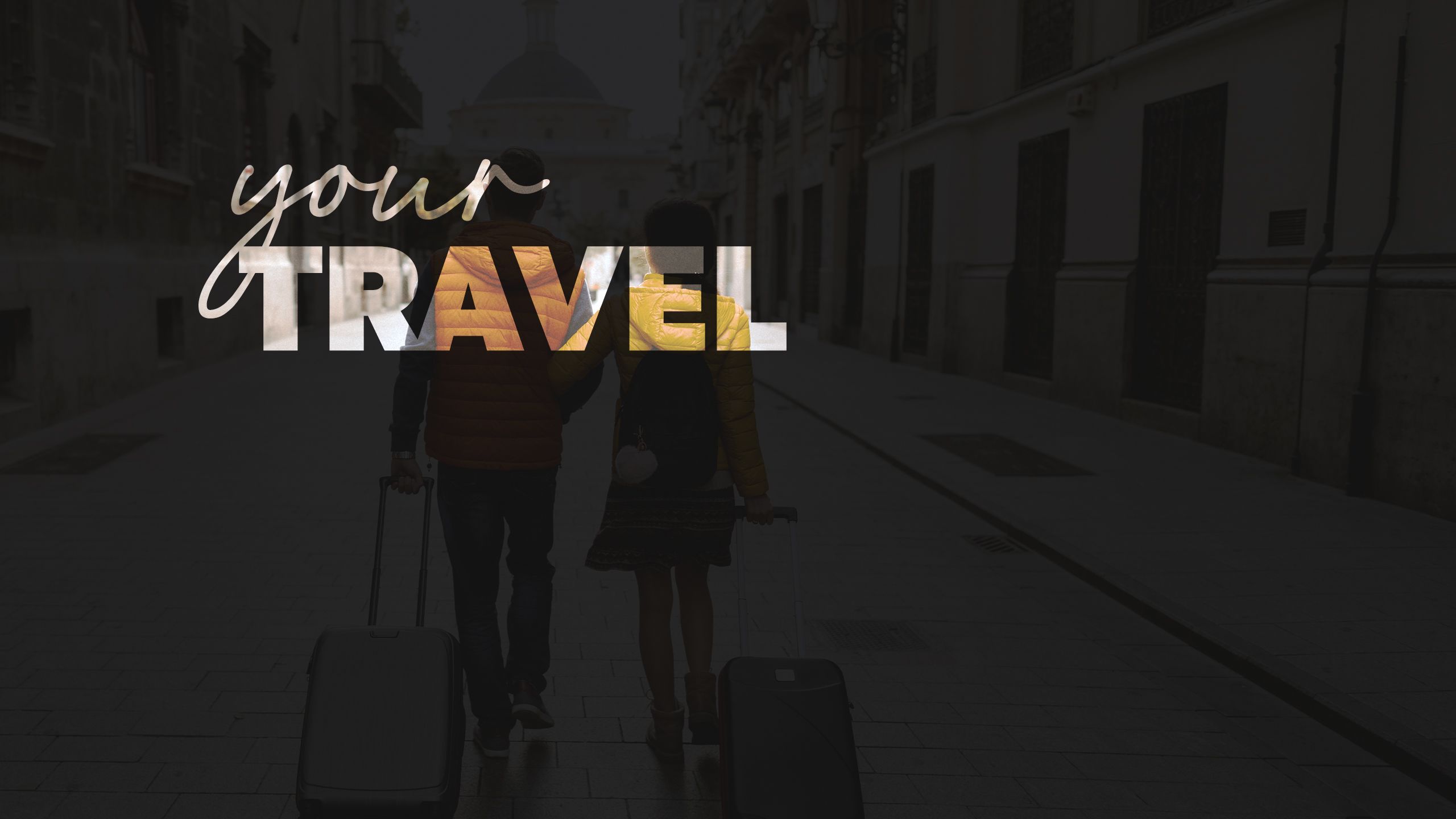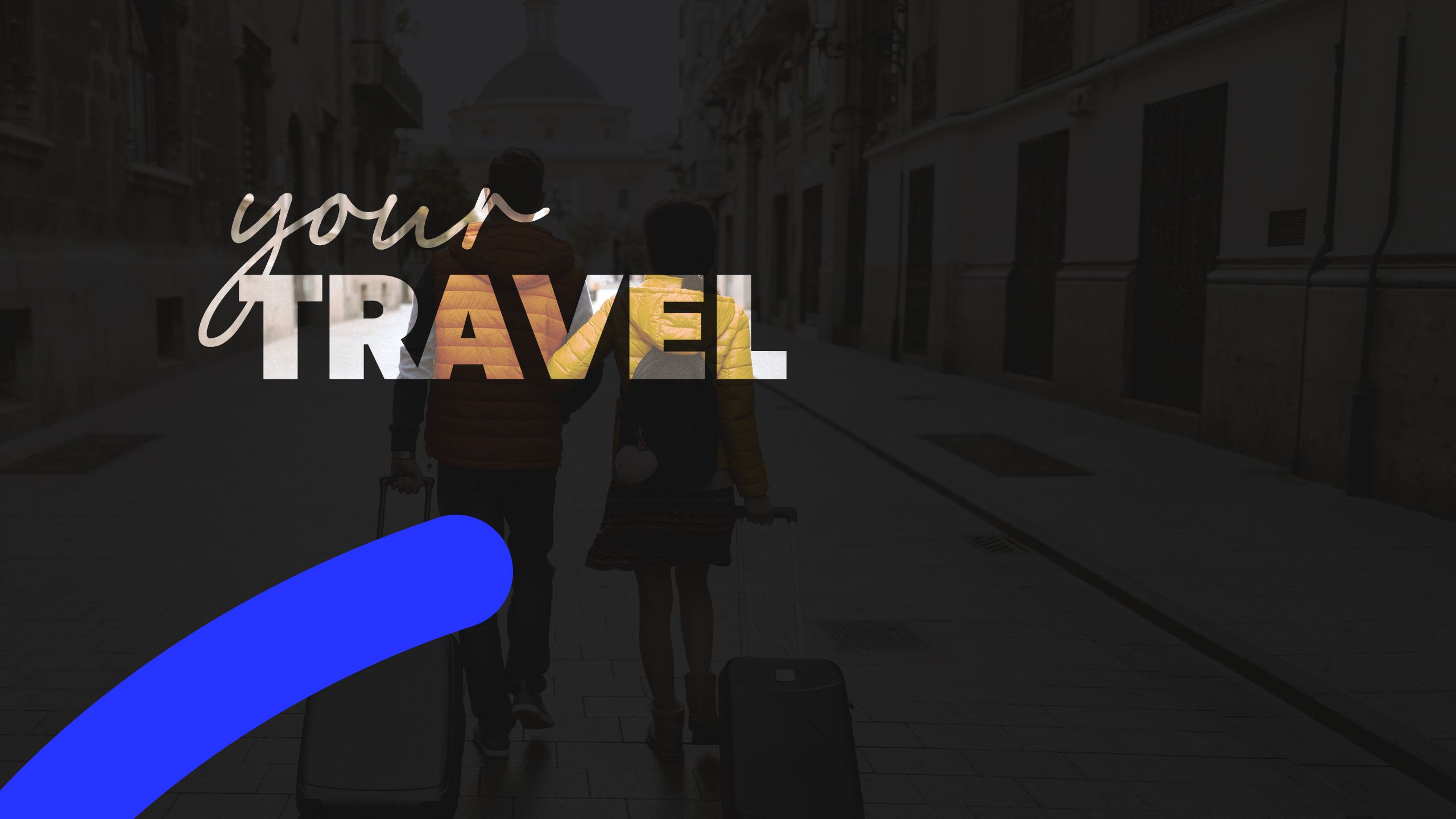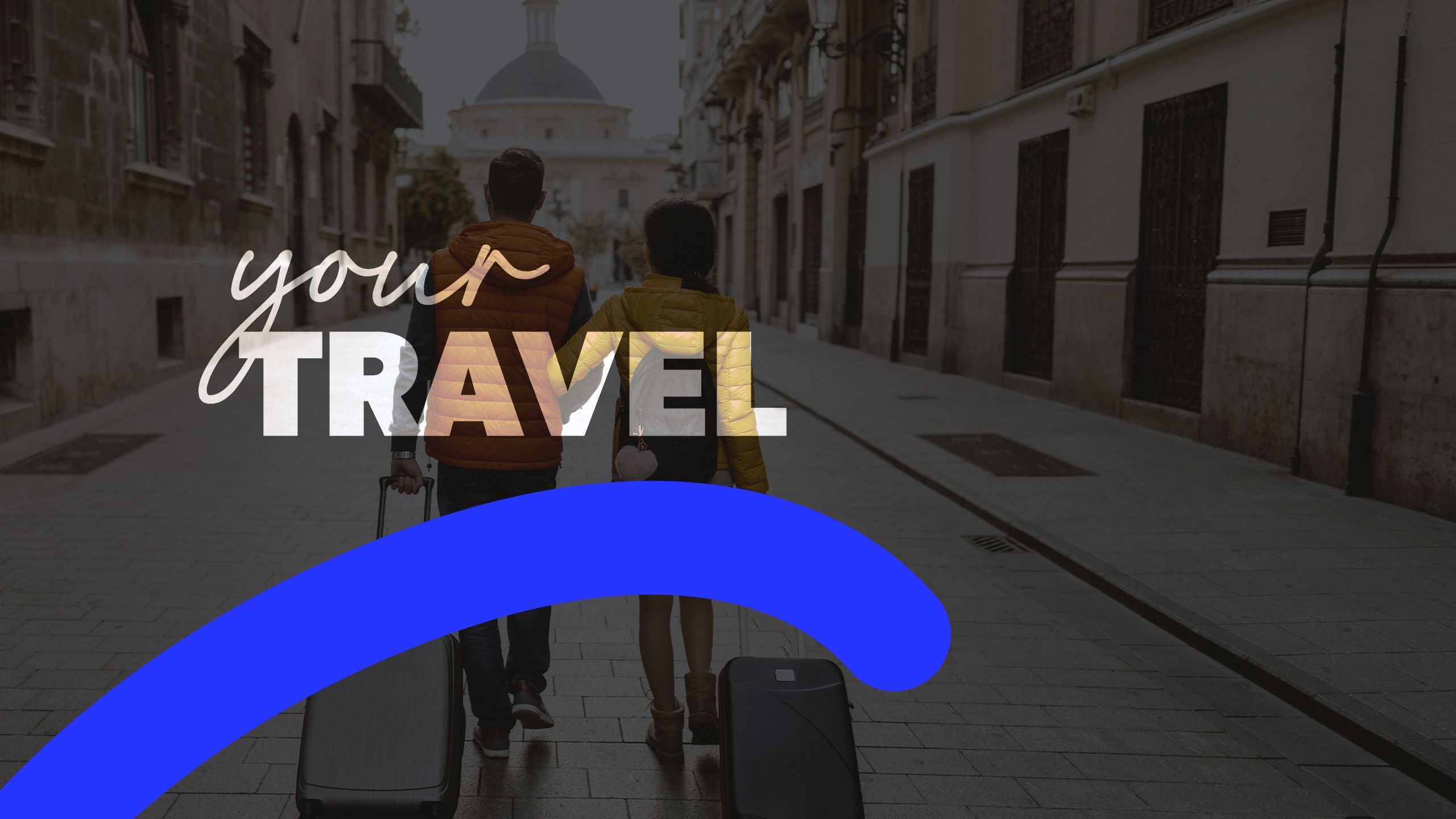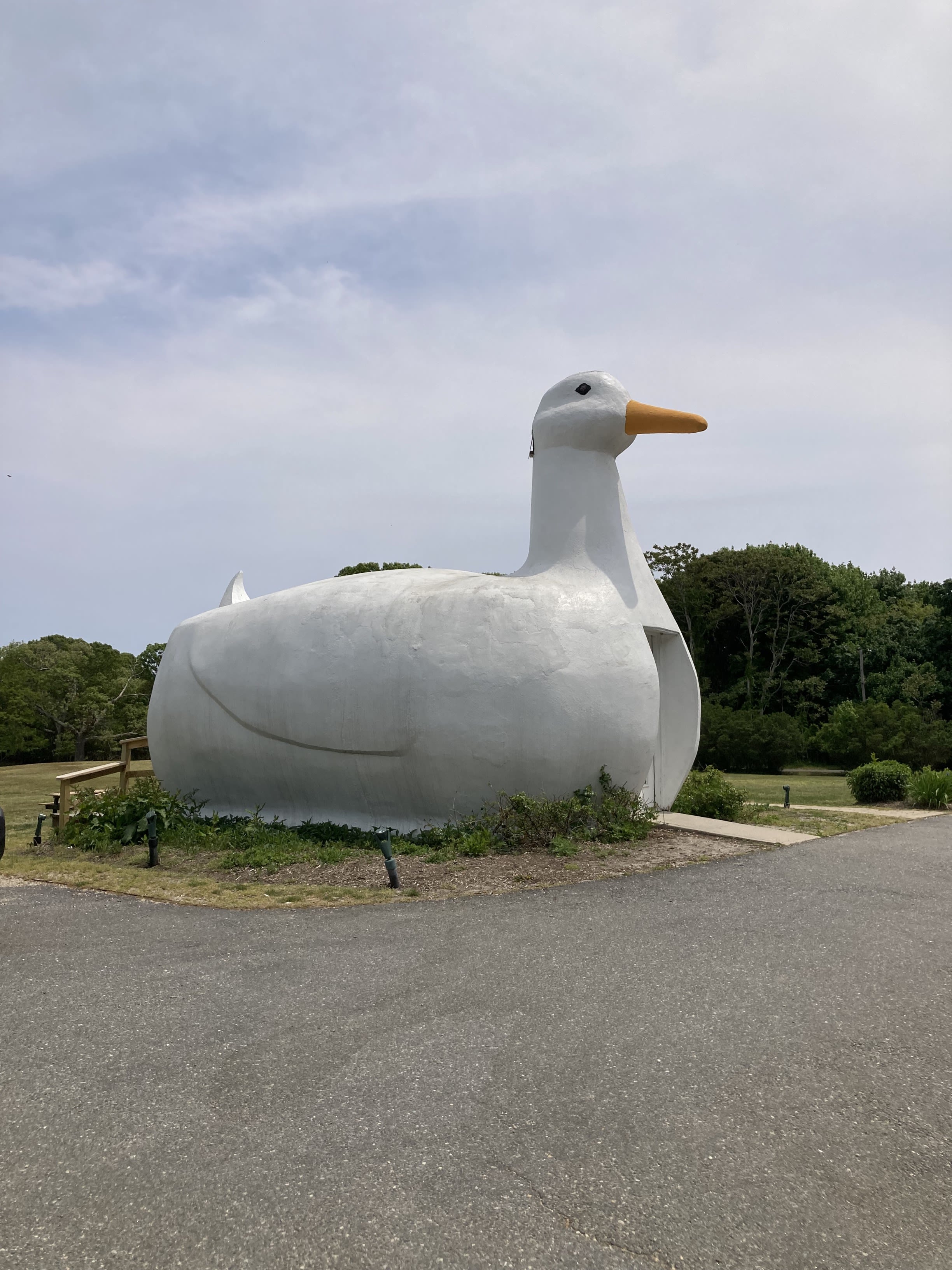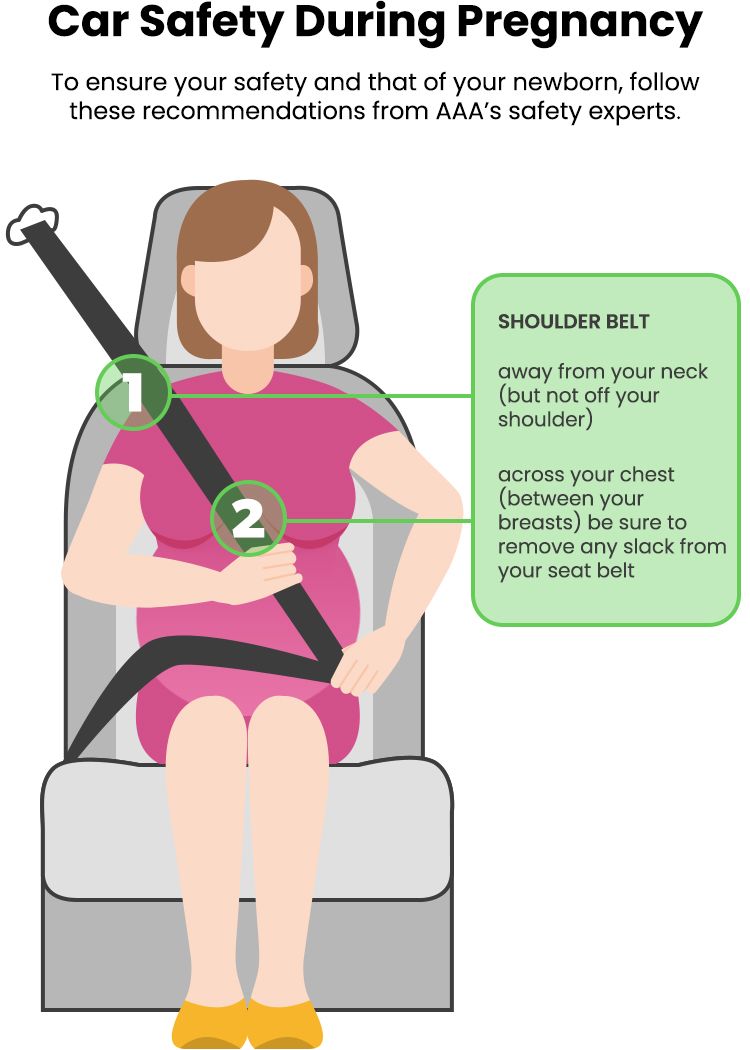At first glance, the basics of insurance may not seem so basic. But AAA is here to help.

At first glance, the basics of insurance may not seem so basic. But AAA is here to help.
No matter what type of insurance you’re looking for — auto, homeowners or even specialty coverage for pets or jewelry —there’s a lot to understand
Although it may feel intimidating to start the process, having insurance is an important, and often necessary, way to give yourself and your loved ones peace of mind. We promise, it’s not as confusing as it seems. Let’s start from the beginning.
If you still have more questions, AAA insurance agents are available to help.
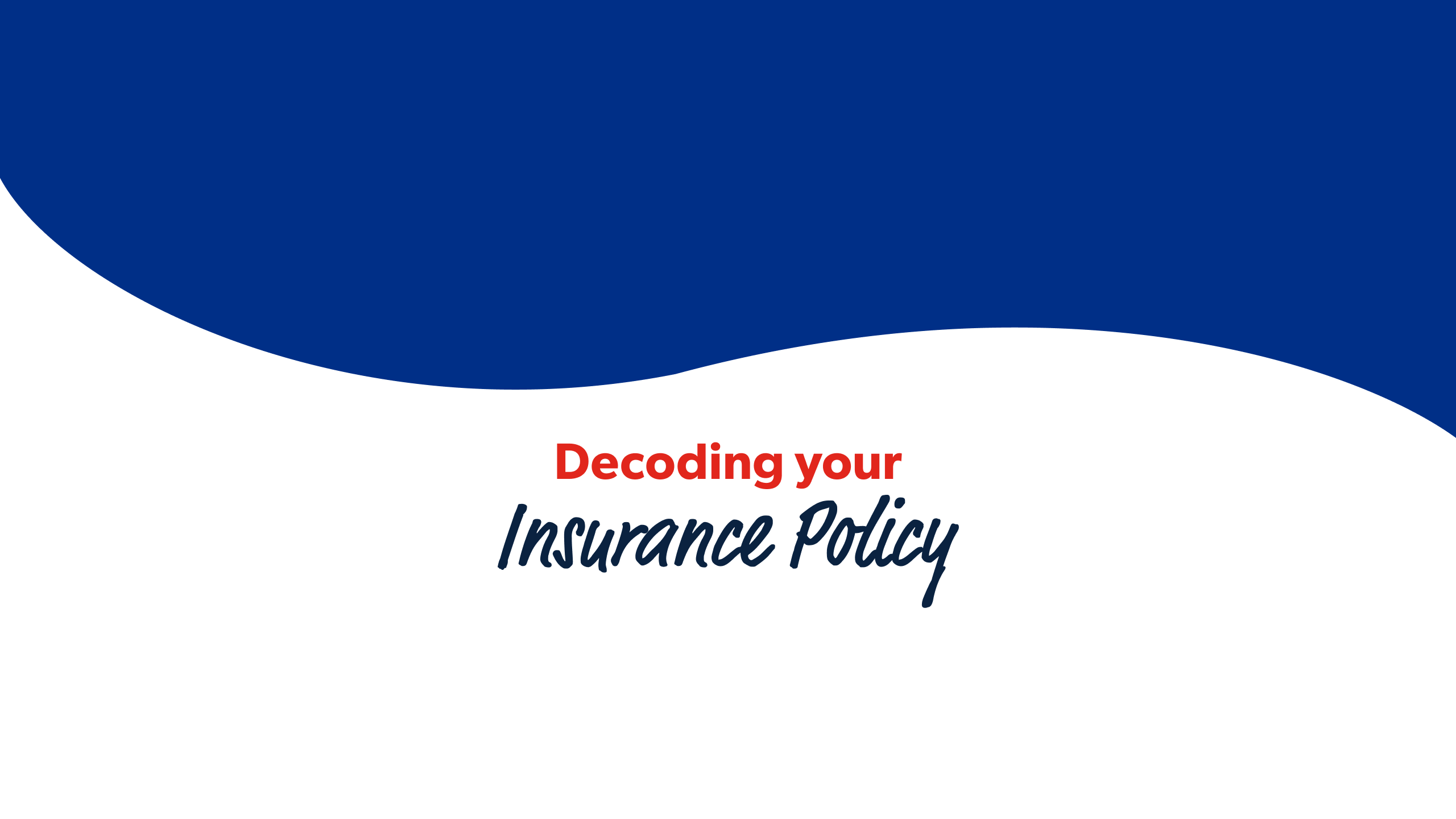
Insurance Glossary
You don’t need to be a lawyer to make sense of your insurance policy. This guide for decoding insurance jargon will get you started.
|
Conditions |
Collision Coverage |
Flood |
|---|---|---|
|
Hazard |
||
|
Endorsement |
Occasional Driver |
Renters Insurance |
|
Exclusions |
Personal Injury Protection (PIP) |
|
|
Liability Coverage |
|
|
|
Limit |
|
|
|
Named Perils |
|
|
|
Premium |
|
|
|
Quote |
|
|
|
Standard Risk |
|
|
|
Term |
|
|
|
|
|
General Words and Phrases
Conditions: The rules, obligations or requirements that both the insurer and policyholder must follow for the insurance coverage to remain valid. These can include things like timely premium payments and providing accurate information at the time of application.
Deductible: The portion of the loss you pay before your policy kicks in.
Endorsement: An addition to the insurance policy that adds to or changes the terms. Also called a rider.
Exclusions: Specific conditions, situations or risks that are not covered by an insurance company.
Liability Coverage: The part of your policy that will pay out if you’re found responsible for someone else’s injuries. Two components of liability coverage are bodily injury liability vs. property damage liability. If an accident causes physical injuries or damage to another person’s vehicle or property, this insurance will help cover medical costs, lost income, and property repair or replacement.
Limit: Each auto policy sets a limit for the maximum amount your insurance company will pay for a specific claim. Policies with higher limits will be more expensive but offer more protection in the event you are involved in a costly accident.
Named Perils: Hazards specifically named in a policy.
Premium: The amount of money a policyholder pays to an insurance company in exchange for coverage.
Quote: An estimate of what your premium would be with a given insurance provider.
Standard Risk: Someone who is insurable at standard insurance rates. High- or low-risk policyholders may pay higher or lower rates based on such risk.
Term: The period when an insurance policy is in effect.
Umbrella Policy: Excess liability insurance that can cover losses not provided by other insurance policies.
Auto Insurance Terms
Collision Coverage: Collision coverage kicks in when your car is damaged or totaled from contact with another vehicle or a nonmoving object such as a fence, streetlight or tree.
Comprehensive Coverage: Comprehensive auto insurance covers damage caused by storms, floods, fires and other natural causes, including contact with wildlife. It also covers costs if your car is vandalized or stolen.
Occasional Driver: An individual who is not the main driver of the vehicle.
Personal Injury Protection (PIP) or No-Fault Coverage: Some states have no-fault insurance, which means that insured drivers can have costs covered by their own insurance company regardless of who may have caused an accident. These states require PIP coverage, which pays the medical expenses, lost wages and other damages incurred by an insured driver, passengers and others who may have been injured.
Total Loss: A situation where the cost to repair a damaged vehicle exceeds its actual cash value; or the vehicle is deemed to be beyond economical repair.
Homeowners Insurance Terms
Flood: Not typically included in a homeowners policy, this extra coverage protects your property from floods.
Hazard: A circumstance that increases the likelihood of loss.
Renters Insurance: An insurance policy that protects a renter and their belongings.
Actual Cash Value vs. Replacement Cost
The main distinction between actual cash value and replacement cost is depreciation: The decrease in value of an item due to factors such as age, obsolescence and wear and tear.
An actual cash value policy pays the amount needed to replace a lost or damaged item, minus depreciation.
Replacement cost provides the sum needed to replace a damaged item with one of similar kind and quality, without deducting depreciation.
It is not always clear whether a policy pays actual cash value or replacement cost. If you have any questions or doubts, review the policy with your agent, who can help you better understand how you are covered.
Think of It This Way…
When you make a claim, your insurance company determines your settlement or the compensation you will receive based on the type of policy you have. The Insurance Information Institute gives the example of a tree falling through your roof and onto your 8-year-old washing machine.
If the tree also damaged your 15-year-old roof so badly that it needs to be replaced, a replacement cost policy would pay the full cost of installing the new roof, while an actual cash value policy would only pay a percentage.

There’s No One-Size-Fits-All Type of Plan
Because insurance coverage is based on personal needs, coverage can vary from customer to customer.
Your insurance agent’s priority is helping manage everyday risk by offering tailored solutions.
Ask as Many Questions as You Want
Insurance policies have a lot of components, and you are not expected to know them all. If your insurance agent or policy uses an unfamiliar term, don’t be afraid to ask what it means. If you want to know why your policy is set up in a certain way, ask. A good insurance agent will answer your questions.
Details Are Essential for Accuracy
Insurance agents ask a lot of questions about your personal life because it helps them determine what kind of protection you need to adequately insure your family and property.
Keep Your Agent Updated When Circumstances Change
A change in your life means a change in the kind of coverage you need to adequately protect your most expensive belongings. Talk to your insurance agent at least once a year to see if any of your insurance policies need to be updated.
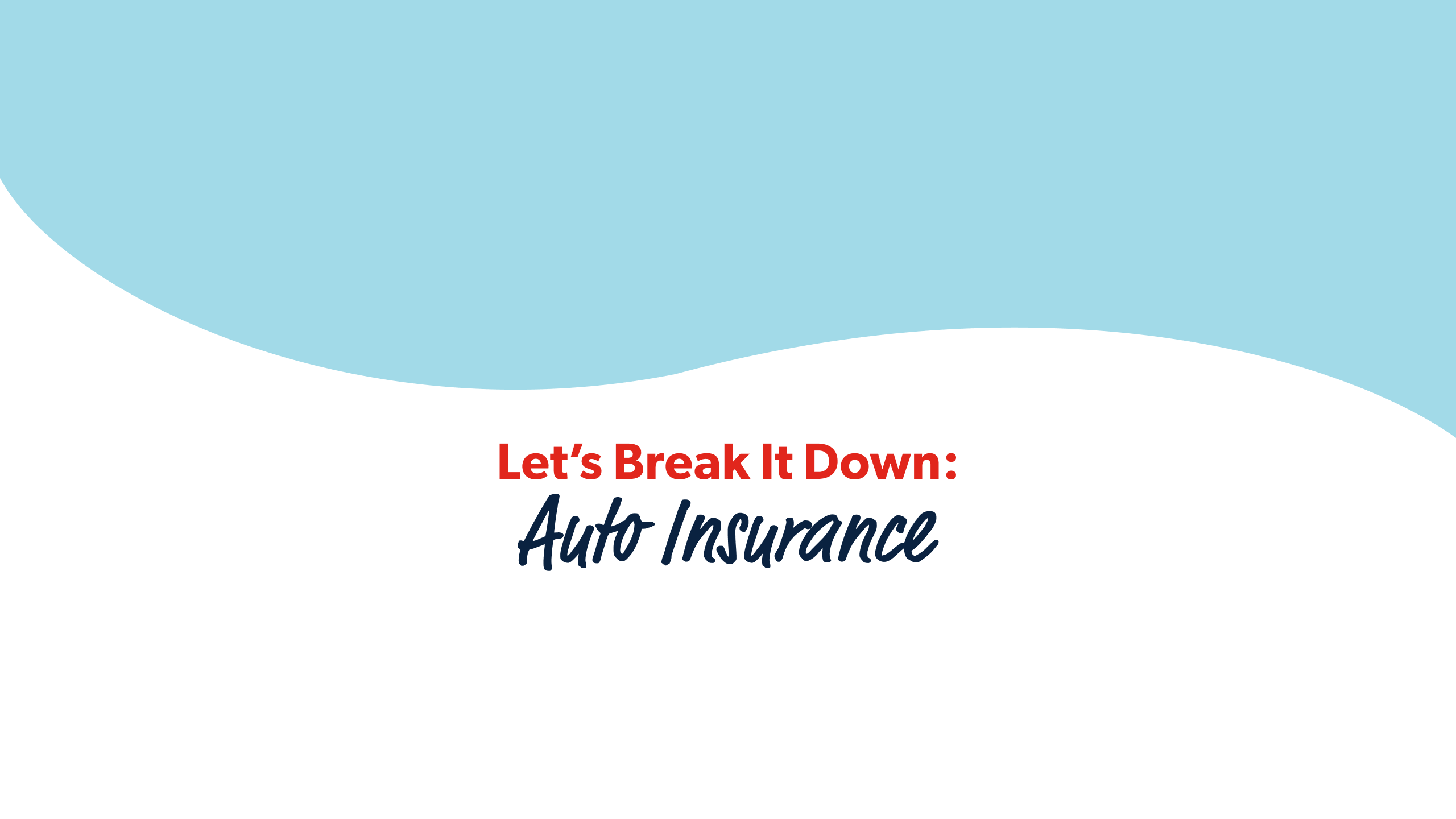
Hit the road with confidence knowing how your coverage works, inside and out.

Hit the road with confidence knowing how your coverage works, inside and out.
How To File a Claim After a Crash








What If the Other Driver Is Uninsured?
One in three drivers are either uninsured or underinsured, according to the Insurance Research Council. And, if you’re hit by a driver with no insurance — or worse, you’re the victim of a hit-and-run crash — you get stuck with the bill for vehicle damage, medical expenses, lost time at work and a host of unexpected, accident-related expenses.
This can also happen when an at-fault driver is underinsured. Underinsured motorist coverage offers protection when an at-fault driver doesn’t have enough insurance. It is sometimes bundled with uninsured motorist coverage — this varies by state.
Some states require that all drivers purchase uninsured motorist insurance. These states include:
- Connecticut
- Massachusetts
- Maine
- Vermont
- New York
- Maryland
In other states, such as Delaware, it is automatically included in drivers’ insurance policies, and dropping it requires that drivers reject the coverage in writing.
There are two types of uninsured and underinsured insurance: bodily injury and property damage.
Uninsured motorist property damage coverage pays for damage to your vehicle if it is damaged by a driver without liability coverage. Underinsured motorist coverage also protects against bodily injury and property damage.
In some states, uninsured property damage insurance can overlap with collision coverage, which pays for damage to your car from an impact with an object or another vehicle. Typically, uninsured motorist bodily injury coverage does not come with a deductible. However, a deductible may accompany your uninsured motorist property damage coverage. This varies by state.
Drivers are required to have personal injury protection, coverage in no-fault states such as Massachusetts, Pennsylvania, New Jersey and New York, where insurers cover certain accident costs, within limits, regardless of who is at fault. For this reason, personal injury protection is often referred to as no-fault insurance.
Medical payments coverage, or MedPay, covers medical bills for you and your passengers. Regardless of who is at fault, MedPay works quickly to pay medical costs, and may even cover the cost of your health insurance or personal injury protection deductible. MedPay is optional in every state except Maine and New Hampshire, where it is required when drivers buy car insurance.
Car Insurance Myths

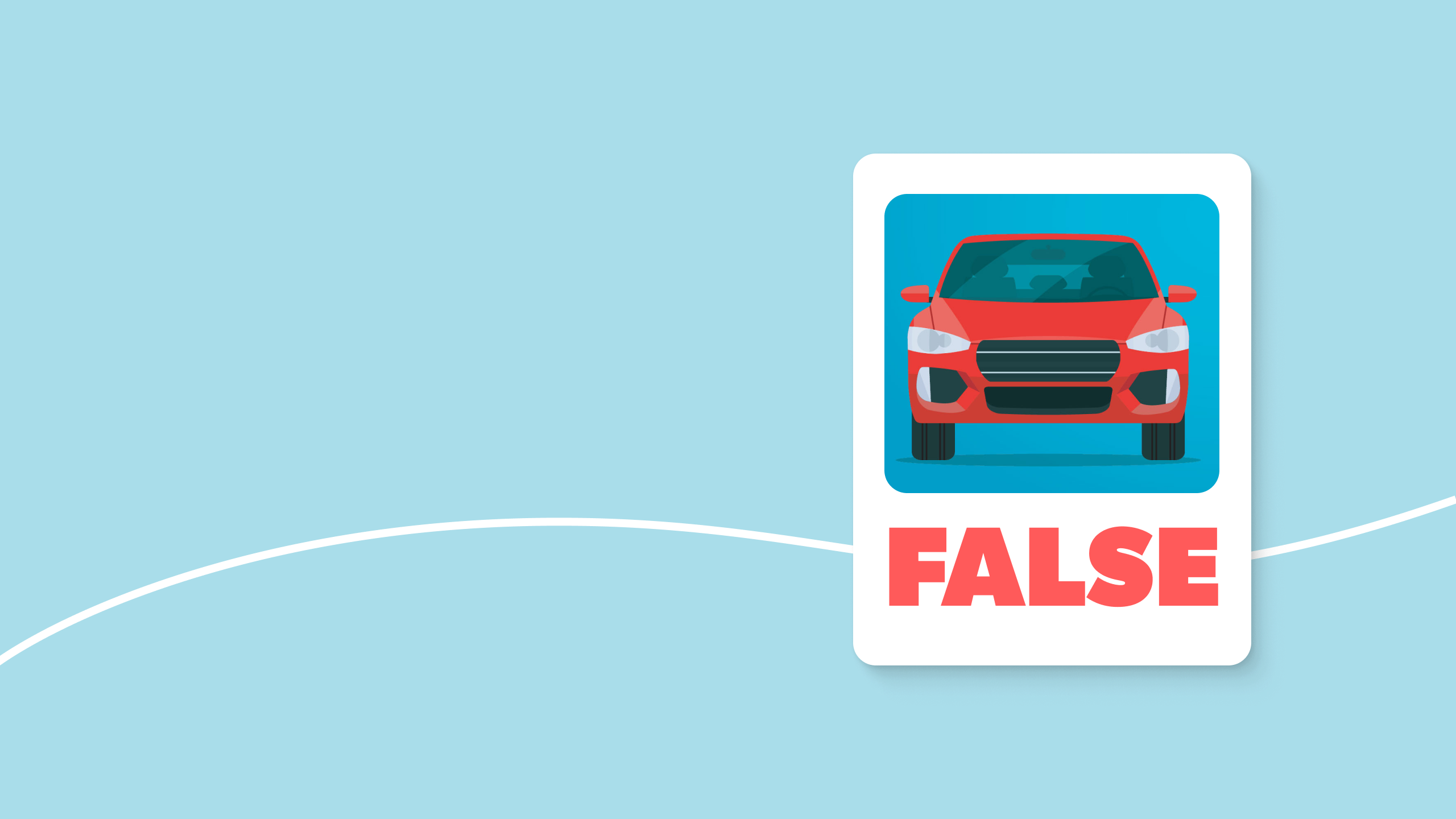

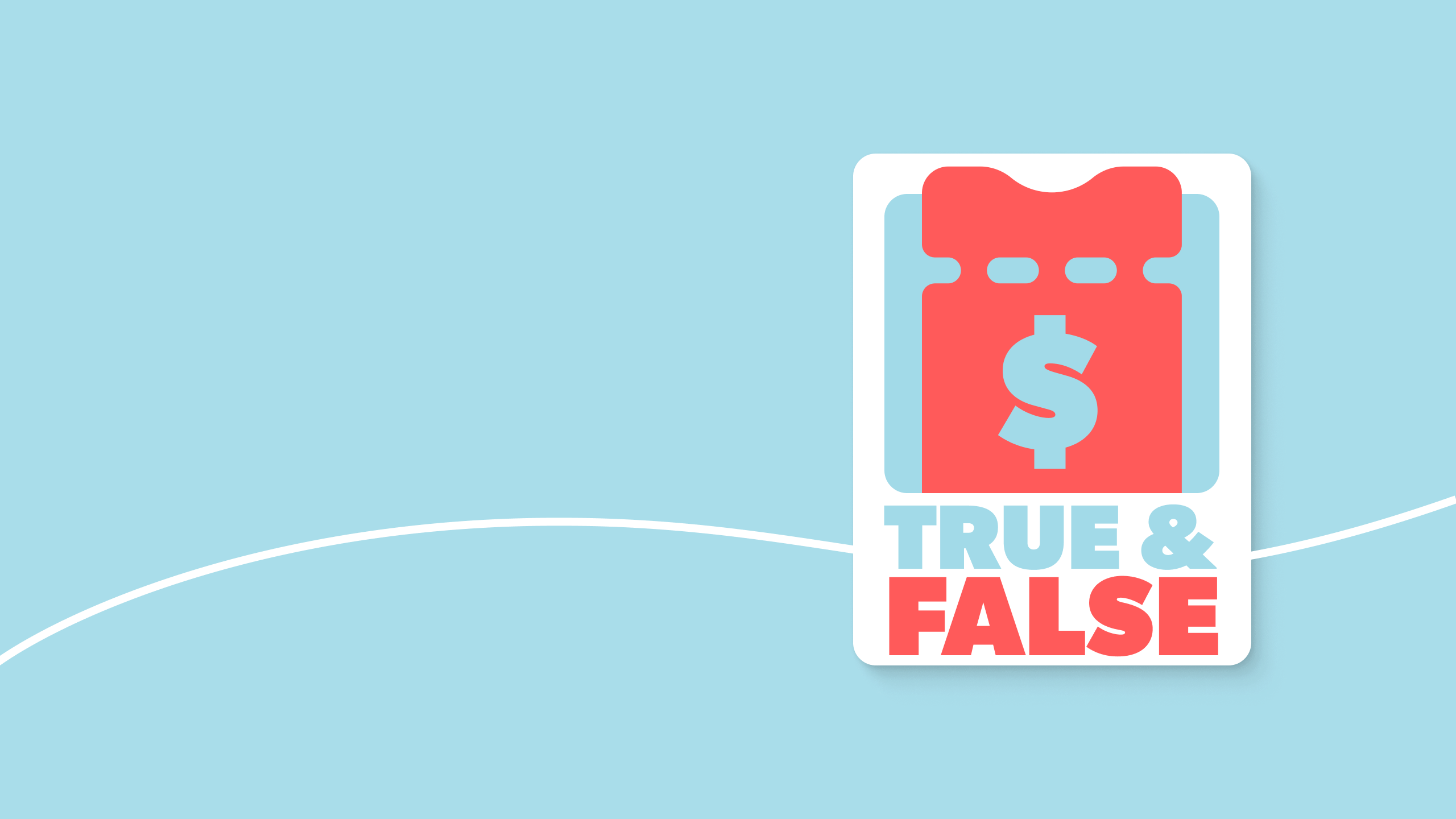

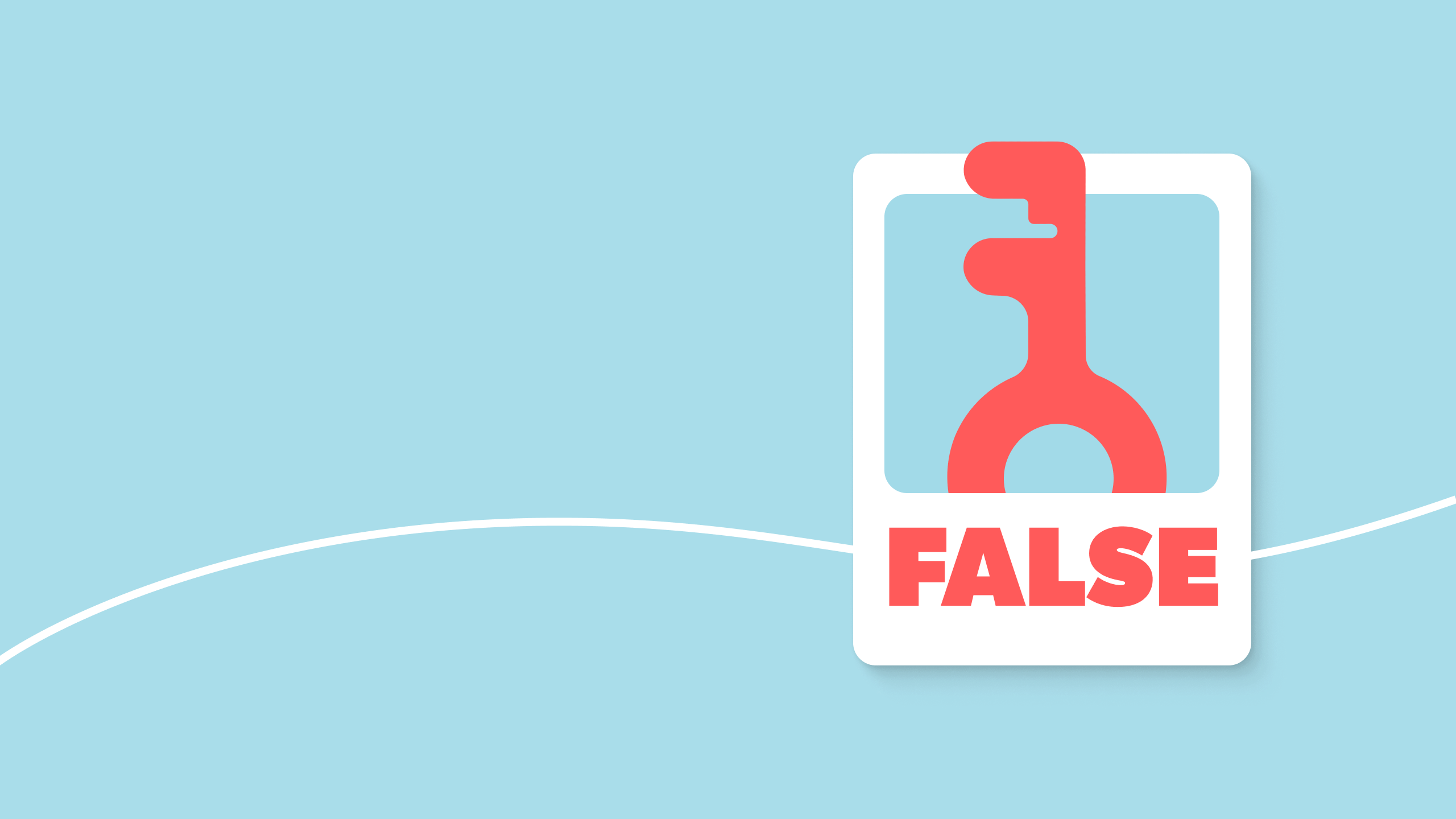

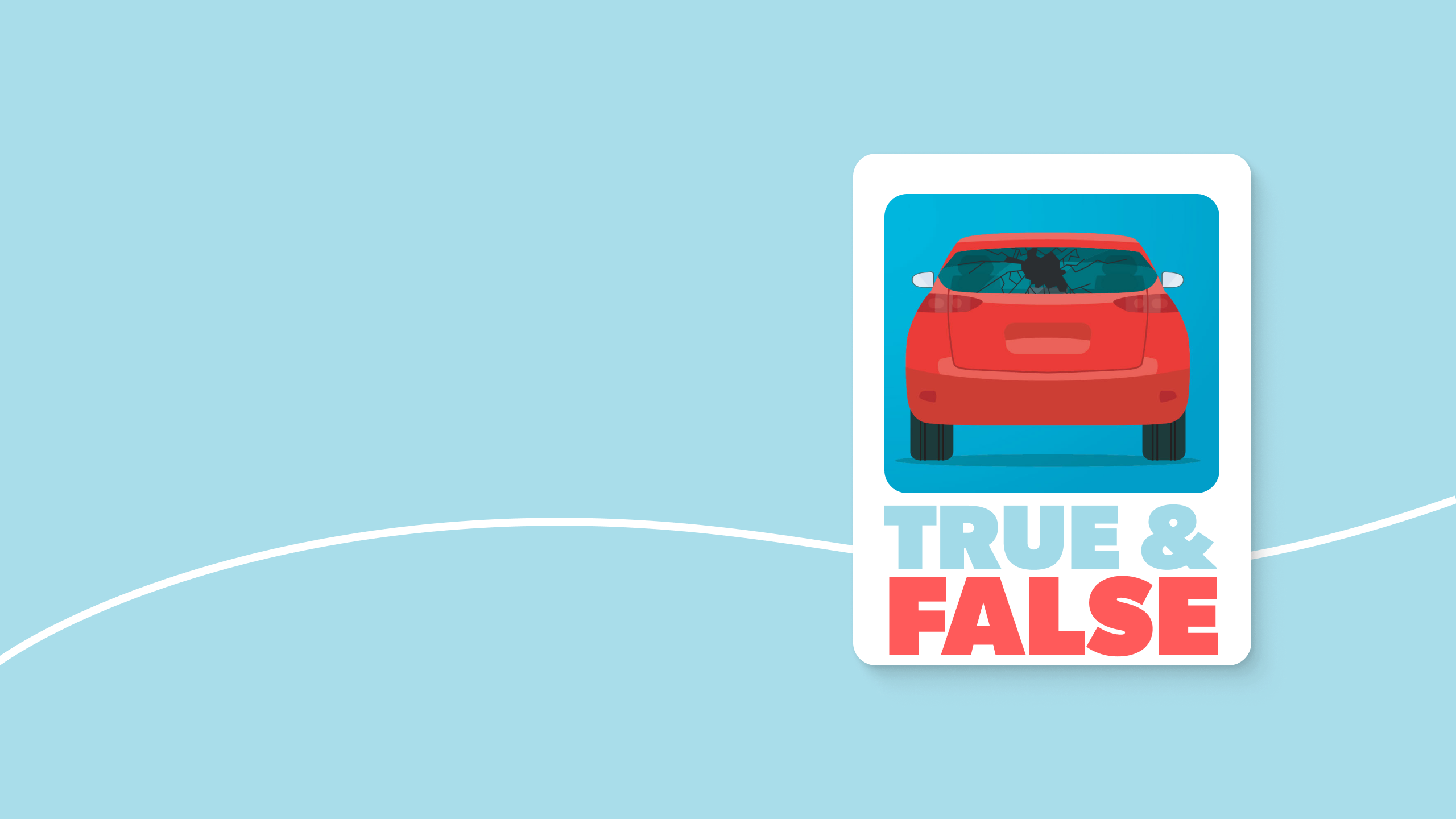
A red car is more expensive to insure.
False. Vehicle color is not a factor in determining risk.
A ticket will increase your insurance rates.
True and false. If you park illegally at a shopping mall, your insurance rate will not increase. If, however, you are guilty of reckless driving, driving under the influence, driving with a suspended license or another major violation, you can expect to see an increase.
When I loan someone my car, I’m not responsible for a crash.
False. When you loan someone your car, you are assuming the risk that they could get in an accident. If one occurs, your insurance will be the primary policy liable for costs.
Everything in my car is covered by my policy.
True and false. While your auto insurance policy is designed to cover items such as car electronics, it isn’t necessarily intended to cover all your belongings. Your policy will specify what is covered.
How to Lower Your Auto Insurance Premium
Auto insurance premiums can increase for a variety of reasons. From current events like inflation to personal details like how you drive, where you live and your age, you might not always be able to prevent your rate from increasing. But there are many ways to make sure you’re getting the most for your money.
- Drive safe. Avoiding accidents and speeding tickets is the most important part of averting an auto insurance premium increase. Motorists with tickets and crashes on their records are higher risks for insurance companies, and their premiums reflect that. In some states, taking a defensive driving course (like the AAA Defensive Driving Course) can earn you an insurance discount. Even if you don’t get a discount, the tips you learn can help keep you safe behind the wheel, which is a big part of managing insurance costs.
- Bundle up. Getting auto, renters and homeowners insurance through the same company is a recipe for savings. Most companies give discounts to customers who bundle coverage.
- Look at your deductibles. Many drivers who increase their deductibles see a drop in premiums because they’re limiting the costs their insurance companies will face following an accident.
- Look at your vehicles. The cost of repairing a vehicle after a crash factors into insurance premiums. It’s why a high-end sports car is likely going to be more expensive to insure than your everyday sedan.
- Good grades. Adding a teen driver to your policy can be expensive, but many companies provide discounts to young drivers who are doing well in school. Your child must be a full-time high school or college student and maintain at least a B (3.0) average or equivalent.
- Use your garage. Some companies offer discounts to drivers who keep their vehicles in a garage when not in use.
- Pay at once. Paying for your policy in one payment vs. installments may get you a discount. Some companies also provide discounts to drivers who have monthly payments automatically deducted from their bank accounts.
- Maintain good credit. In most states (excluding Massachusetts, California and Hawaii), having mediocre or poor credit can impact your premium.
- Talk to your agent. Many drivers only talk with their insurance agents when they’re looking for a policy quote or after an accident, but regular communication with your agent can help make sure your insurance costs aren’t higher than necessary.
What to Consider When Adding a Teen to Your Policy
The best time to start researching auto insurance for teens is when they are ready for a learner’s permit. While teens generally are covered on your policy during this time, you should notify your insurer that you have a learning driver in the household and will soon need to set up coverage.
In the event your teen’s car needs repair or replacement after an accident, this is the type of insurance that will protect you. It covers the cost of repairs even where there is a total loss of the vehicle. Despite their best efforts, teens are still learning and more prone to bumps and crashes.
Save Money on Premiums by Adding a Teen Driver to Your Policy
Once you have researched options, you can save money by reviewing your own coverage and adding your child to that policy.
They Can Help Cover the Cost
With a limited driving record, increased risk of accidents and little to no credit history, teens are at a distinct disadvantage when securing their own insurance — but this doesn’t mean they shouldn’t assume some financial responsibility. Parents who opt not to cover the cost of insurance often set up their own informal payment plan.
Assign Your Teen Driver to a Specific Car
Insurers use multiple factors to determine premiums, such as the age of the vehicle, safety ratings and the susceptibility to being stolen or driven dangerously. Often it is possible to save on costs by specifying the car to which a teen driver is assigned. This prevents your carrier from associating a new driver with the most expensive car on your policy.
What to Do When Your Teen Has a Separate Policy
A shared plan is generally the least expensive way to insure a teen driver, but in some instances, parents may not want to add a teen driver to their policy. Help your teen research all discounts available and provide guidance throughout the process.
Once they have a separate policy, you may want to exclude them from yours. With most insurance policies, anyone who has permission to drive your car, including members of your immediate household, is considered insured under your policy. If your carrier allows you to specify excluded drivers and your teen’s name is on the title of his or her car, it may help you save money.
“Call your insurance agent to let them know you have a new driver to add to your policy. Be sure to ask about some of the discounts your teen driver may be entitled to, like driver training and good student discounts.”
John Donovan, AAA Northeast insurance sales manager
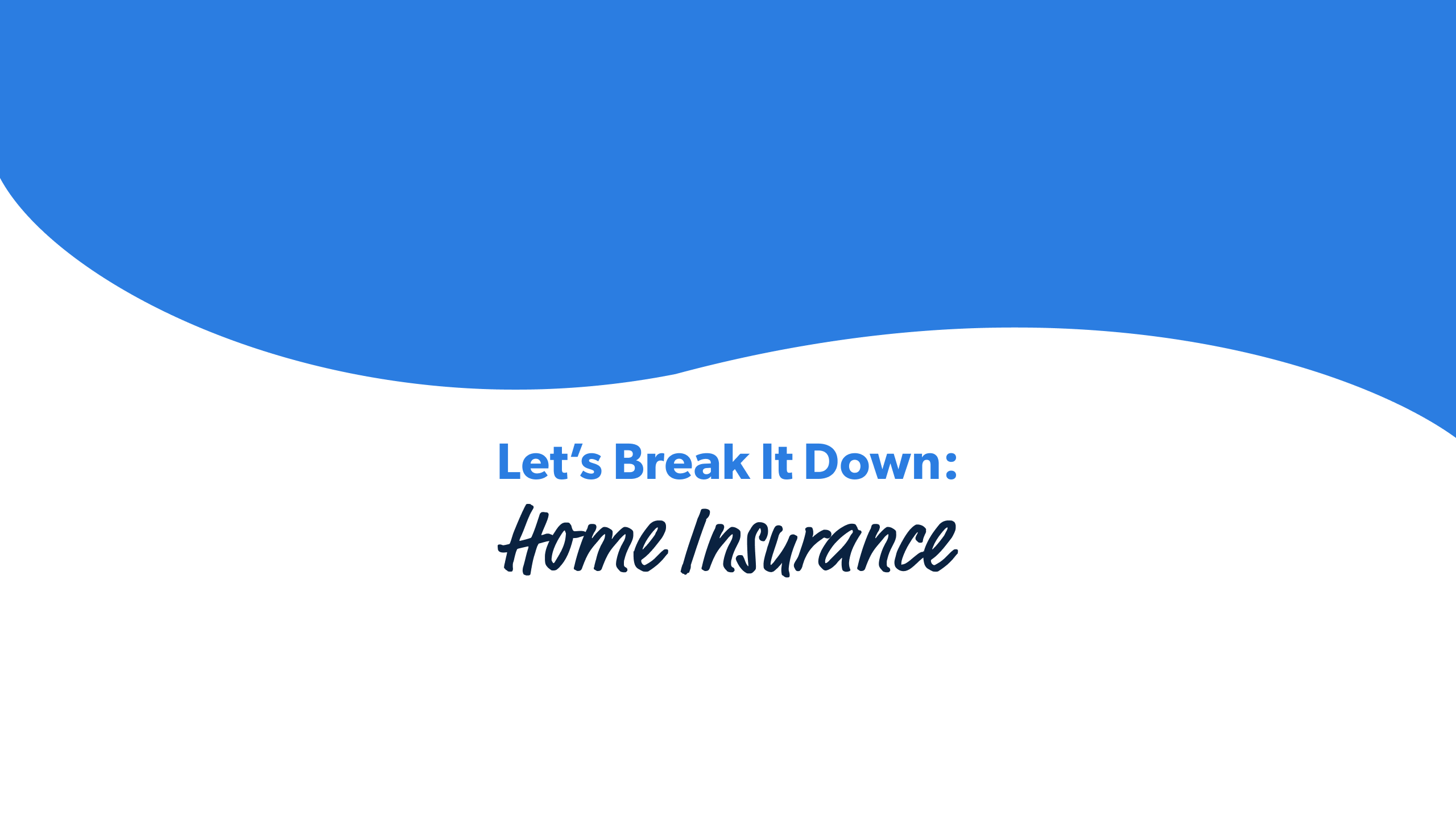
Your home is your haven. Make sure it’s properly protected from basement to roof.

Your home is your haven. Make sure it’s properly protected from basement to roof.
Which parts of your home need insuring?
Wind damage insurance claims are an unfortunate reality for many homeowners, but understanding how to prepare and handle them can help ease your worry.
Standard homeowners insurance policies provide coverage for damage caused by wind, snow and ice to property and personal possessions, according to the Insurance Information Institute. But the extent of coverage may vary depending on the specific terms and conditions outlined in your policy. It’s important to review your insurance policy carefully to understand the scope of coverage for wind-related hazards.
In the event that a hurricane damages your home, you’ll be responsible for around 1% to 5% of the insured value before your coverage starts. As explained by the institute, “If a house is insured for $300,000 and has a 5% deductible, the first $15,000 of a claim must be paid out of the policyholder’s pocket.”
Based on where you live, some insurance companies may offer hurricane deductibles stated as higher dollar amounts or possibly no separate hurricane deductible at all. In both cases, this will be reflected in the premium that’s being charged. You can ask your agent what options are available to you.
Does home insurance cover mold?
“The answer is generally no,” said Patrick Sullivan, managing director of insurance sales at AAA Northeast. “Unless it is the result of what we call a covered peril.”
For most homeowners insurance policies, financial protection is given only for damages stemming from sudden and accidental causes. These commonly include fire, hail, lightning and more. Mold doesn’t fall into this category. No one is suddenly struck by mold — even if it’s been growing in secret.
There are, however, specific circumstances under which mold might be covered. If the mold is caused by an event that is listed on your policy, your home insurance may cover its removal. If mold is caused by gradual seepage, neglect or general humidity, it usually is not covered.
Standard homeowners and renters insurance covers belongings from fire and other perils named in a policy, but there are limits to how much money a policyholder can collect on a single piece of jewelry that has been stolen. In most policies, the “limit of lability” on jewelry is in the ballpark of $1,500, well short of the average $5,000 spent on an engagement ring.
Buyers looking for engagement ring insurance or coverage on other valuable assets that exceeds the liability limit in their policy have two options, according to the Insurance Information Institute. You can either ask your insurance agent to increase your liability limit or have them schedule an individual piece of jewelry into your coverage by purchasing what’s called a floater policy.
In the event of a pet emergency, vet bills can be upward of thousands of dollars depending on the severity of the health issue. And some clinics are unable to provide treatment without proof of ability to pay first. Pet insurance can help mitigate emergency vet costs by covering a significant portion of the expenses, depending on your policy. Knowing you have that support can keep you focused on what truly matters in the moment: your pet’s well-being and recovery.
Homeowners insurance does not cover flood damage. If you don’t live in a Special Flood Hazard Area, defined by the Federal Emergency Management Agency (FEMA) as having a 1% or greater chance of flooding in any given year, you’re not federally required to have flood insurance. However, your mortgage lender may still require you to have it. And, according to The Federal Emergency Management Agency, more than 40% of flood claims come from properties outside high-risk flood zones. So, though you may not technically need to have flood insurance, it’s still recommended as floods can happen anywhere.
Renting? Here’s what renters insurance covers.
- If a guest in your rental gets injured.
- Stolen or damaged personal items.
- If your rental has become damaged and unlivable, additional living expenses are usually covered.

Since defects could impact your insurance coverage, make sure all bases are covered by getting a professional home inspection and following this checklist.

Be aware of cracks, holes, chips, wavy and uneven surfaces, missing plaster, fungus, water marks, lumps, bubbles, flaky paint, protruding nails, pipes and loose wiring.

Check for damage such as missing screws or rust and gaps between door and window frames. Make sure doors and windows open and close easily and look for potential water damage due to improper installation.

Are there missing, cracked or chipped tiles? Tiles should not be slanted and there should be no gaps in the baseboards.

Ensure all sinks and showers have fixtures. Confirm everything works and nothing is missing.

Check exposed pipes for leaks and be on the lookout for water stains on ceilings, which can signal a leak behind a wall. Low water pressure can also be a sign of faulty plumbing.

Look for wires without wire nuts and open junction boxes.

Check for soggy areas in the yard and leaks in the basement, which can signal drainage issues.

Look for worn shingles and overgrown trees and landscaping that is encroaching on the roof or overhanging the structure. Basement dampness can be a sign of clogged gutters.

Keep an eye out for small cracks, sticking doors and windows, which can suggest foundation flaws.

Did You Know?
“Insurance carriers reward customers who are proactive in taking steps to protect their home. Having a monitored home security system, water shut-off devices or windstorm mitigation features, for example, can get you a discount on your policy.”
John Donovan, AAA Northeast insurance sales manager
Smoke Alarms
There are two common types of smoke alarms. Generally, ionization smoke alarms are more responsive to “flaming fires,” while photoelectric are more responsive to “smoldering fires,” according to the National Fire Protection Association. Using a combination of both is highly recommended, although the type and number of smoke alarms required in homes is set by local law.
Carbon Monoxide Detectors
Carbon monoxide is a poisonous gas sometimes referred to as the “silent killer.” Unlike fire, with its flames, heat and smoky smell, CO is dangerous because it is invisible, odorless and tasteless.
Flood Sensors
Flood sensors can detect unusual levels of moisture, helping to protect your home from potential water damage. Not only is water damage costly — flooding ruins carpet, furniture, electronics, etc. — it can also lead to mold.
Motion Detectors
Motion sensors are an important part of protecting your loved ones, home and valuables. Today’s security systems are capable of monitoring in real time who’s ringing the doorbell, entering your home or even going into a specific room. Some systems even send notifications straight to your phone.
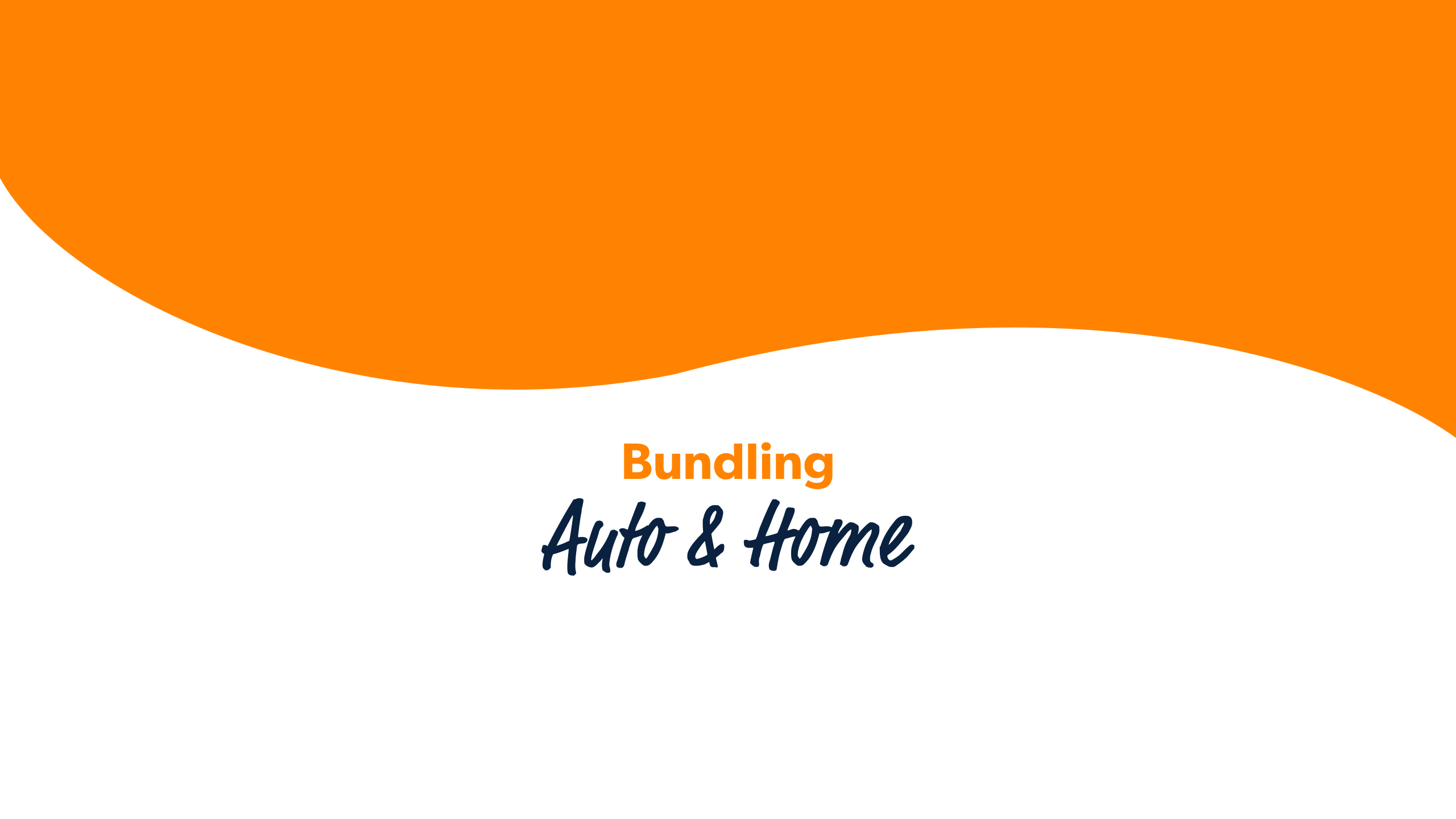
Get to Know the Key Perks of Bundling Your Coverage
When it comes to managing your insurance needs, there are many reasons why bundling your insurance policies can be beneficial — from lower payments to a streamlined claims process. Here’s a look at all the ways bundling home and auto insurance can make things a little simpler.
Cost Goes Down, Savings Go Up
One of the most compelling reasons for bundling home and auto insurance is the potential for cost savings. Insurance companies often provide substantial discounts to folks who purchase multiple policies from them, and this discount can lead to significant savings over time.
Managing Policies, Made Simple
Handling and keeping track of multiple insurance policies sometimes feels like a juggling act and can be rather time-consuming. Bundling your auto and homeowners insurance simplifies the process by consolidating your coverage under a single provider. This can make it easier to keep track of payments, yearly renewals and policy updates. Instead of dealing with separate companies, you have a single point of contact for all your insurance needs — streamlining communication and any administrative tasks on your end.
Improved Coverage Options
When you bundle your auto and home policies, you may gain access to enhanced coverage benefits that aren’t available with stand-alone policies. These additional perks can include higher liability limits, identity theft protection and increased coverage for certain types of claims. Bundling can also make you eligible for special programs or rewards offered by the insurer, like the ability to purchase an umbrella policy. This kind of policy provides coverage if the damage exceeds the liability limits on your auto and homeowners policies.
Easier Claims Process
In the event of a claim, having both auto and homeowners insurance with the same provider can lead to a more efficient process as coordination becomes more straightforward. This alone reduces the likelihood of disputes and delays that can occur when policies are with separate entities. If the claim involves both your vehicle and home, like in the case of a natural disaster, such a direct line of communication is not only advantageous, but eases the burden on you to facilitate.
As always, it’s a good idea to compare offers from different insurers to allow for the best value and coverage for your specific needs.

Insurance isn’t intended to be a one-time consideration. It’s a living, breathing contract that should ebb and flow over the course of your life. Insurance provides protection for worst-case scenarios that, in the best of circumstances, you never need to face at all.
“When life changes, your insurance may need to as well. Has someone in your household been recently licensed? Have you made significant renovations to your home? Contact your agent to review your policies to make sure you are still being covered properly.”
John Donovan, AAA Northeast insurance sales manager
AAA Insurance Resources and More






